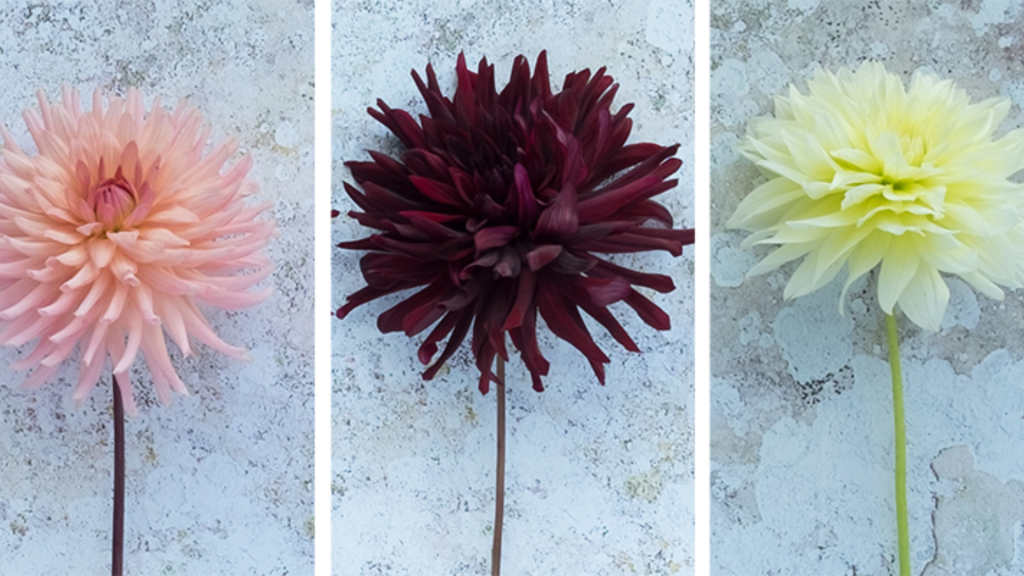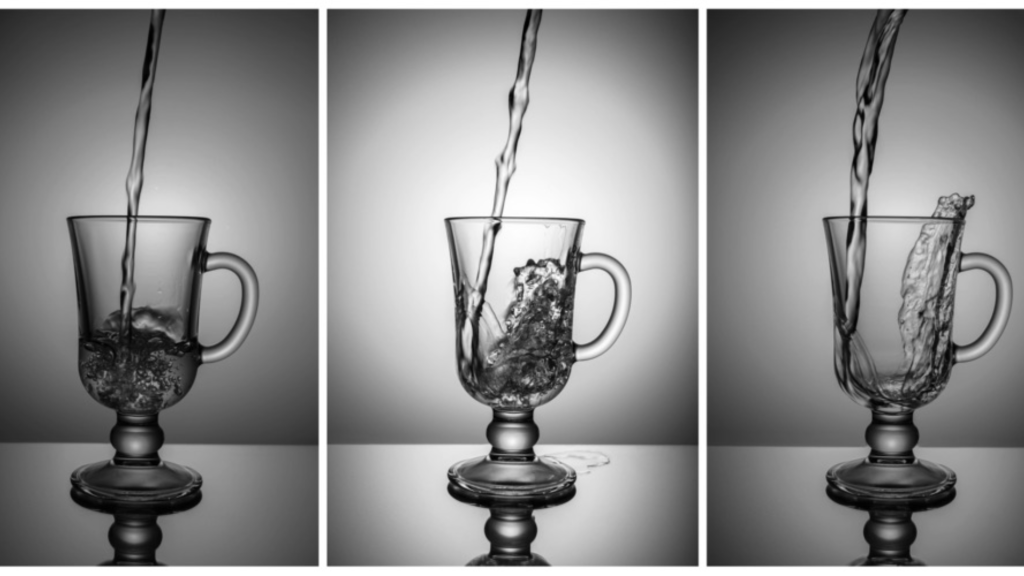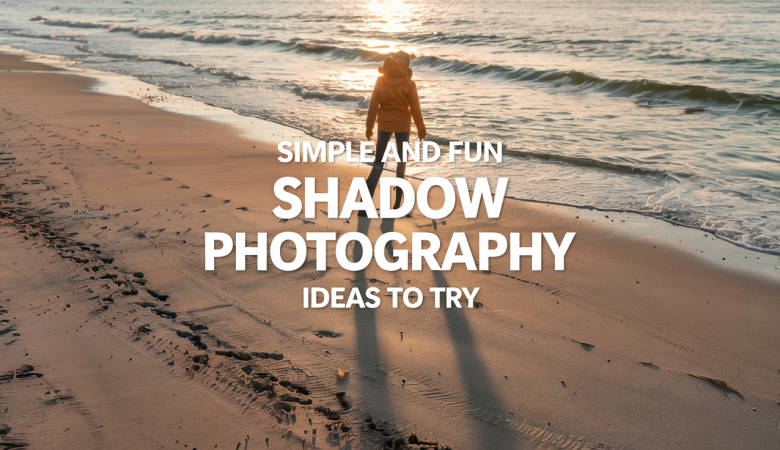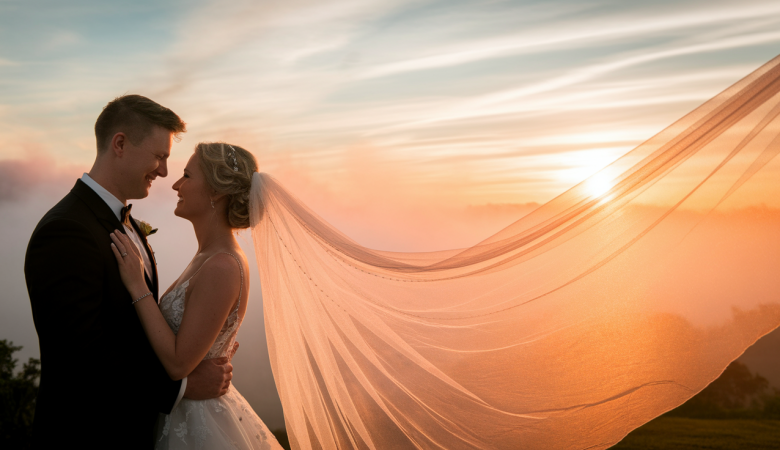Triptych photography takes photos to a whole new level. This method displays three images together to tell a better story than a single photo could.
Many photographers use this technique to showcase their work in galleries, on websites, and in homes.
When done right, triptychs grab attention and make viewers pause to look longer at each part.
They create connections between separate images that might not exist when viewed alone.
This guide will explain everything about triptych photography, from its definition to how to create stunning sets that will impress friends and fellow photo lovers.
What is Triptych Photography
Triptych photography is an art form where three separate photos are displayed side by side to create a linked visual story.
The word “triptych” comes from Greek, meaning “Three-Fold.” This style lets photographers show more depth and meaning than a single image can offer.
These three photos work as one unit to express ideas, show change over time, or present different views of the same subject.
Triptychs can follow a theme, show a sequence of events, or display contrasting elements that make viewers think about the links between the images.
The magic happens in how the three photos relate to each other – through color, subject, mood, or story.
Suitable Locations that Work Well with Triptych Photography
| Location | Why It Works | Best Format |
|---|---|---|
| Living Room Wall | Fills large wall space nicely | Large prints in matching frames |
| Office Space | Adds style without taking up much room | Medium-sized canvas prints |
| Art Gallery | Shows your artistic vision | Professional prints with proper spacing |
| Website Header | Creates visual impact for visitors | Digital format with thin borders |
| Photo Books | Tells a complete story across pages | Printed on facing pages |
| Social Media | Stands out in crowded feeds | Digital triptych with white borders |
Why Photographers Choose Triptych Photography
Photographers turn to triptych photography for many good reasons. This format gives them more room to tell complex stories that a single image can’t fully capture.
With three linked photos, they can show change over time, like sunrise to sunset, or present different angles of the same subject.
The three-panel layout also creates a strong visual impact that draws viewers in and holds their attention longer. It gives artists a chance to play with balance, rhythm, and patterns across multiple frames.
Many photo pros find that triptychs help them stand out from the crowd in galleries or online portfolios. The format shows more skill and thought than single shots.
Plus, triptychs fit well in home decor, making them easier to sell to art buyers looking for statement pieces for their walls.
Relevancy of Triptych Photography in Today’s World
Triptych photography has stayed popular for years because it offers unique ways to present visual stories. This format connects with viewers on deeper levels and gives photographers more creative options.
Here’s why triptychs remain relevant in today’s photo world:
- Tells Better Stories: Triptychs allow photographers to show the beginning, middle, and end of a story in one cohesive piece that flows naturally.
- Creates Visual Rhythm: The three-panel format establishes a natural rhythm that guides the viewer’s eyes through all images in a planned sequence.
- Maximizes Limited Space: Three smaller photos often fit better in spaces where one large photo would be too much or not show enough detail.
- Adds Artistic Value: Galleries and art buyers often pay more for triptychs because they show more thought and planning than single images.
- Makes Social Media Posts Stand Out: In crowded social feeds, triptychs catch attention better than standard single photos.
- Shows Skill Level: Creating good triptychs takes more planning and skill, which helps photographers showcase their abilities.
- Works for Many Subjects: From landscapes to portraits to street photography, triptychs can enhance almost any photo genre.
Things to Consider While Creating Effective Triptych Photography
Creating effective triptych photography takes planning and attention to detail.
Before you start shooting or selecting images for your three-panel display, consider these important factors that will help your triptych stand out:
- Choose a clear theme that connects all three photos, whether it’s color, subject matter, or mood. Random images rarely work well together.
- Pay attention to the spacing between images. Too close feels cramped, while too far apart breaks the connection between photos.
- Maintain consistent editing across all three images so they look like they belong together, even if shot at different times.
- Consider the order of your images carefully. Viewers typically read from left to right, so arrange photos to guide their eyes accordingly.
- Watch your color palette across all three images. Either maintain similar colors or use complementary ones that work well together.
- Think about the orientation of your triptych. All vertical, all horizontal, or a mix can create different effects for your story.
- Balance the visual weight of each image so one doesn’t overpower the others and distract from the overall effect.
- Test your layout before final printing by creating small test prints or digital mockups to ensure the three images work together.
Conclusion
Triptych photography offers a special way to share visual stories with more depth than single images can provide. By grouping three photos together, you create something greater than the sum of its parts.
Now you have the basics to try making your own triptychs. Remember to pick a clear theme, pay attention to spacing, and keep your editing style consistent across all three images.
The next time you take photos, think about how they might work as part of a three-image set. Could they tell a story or present different views of the same subject?
Why not check out some famous triptychs online for ideas, then try creating one with photos you already have?
This creative approach to photography could benefit your walls, social media, or portfolio.








Leave a Reply